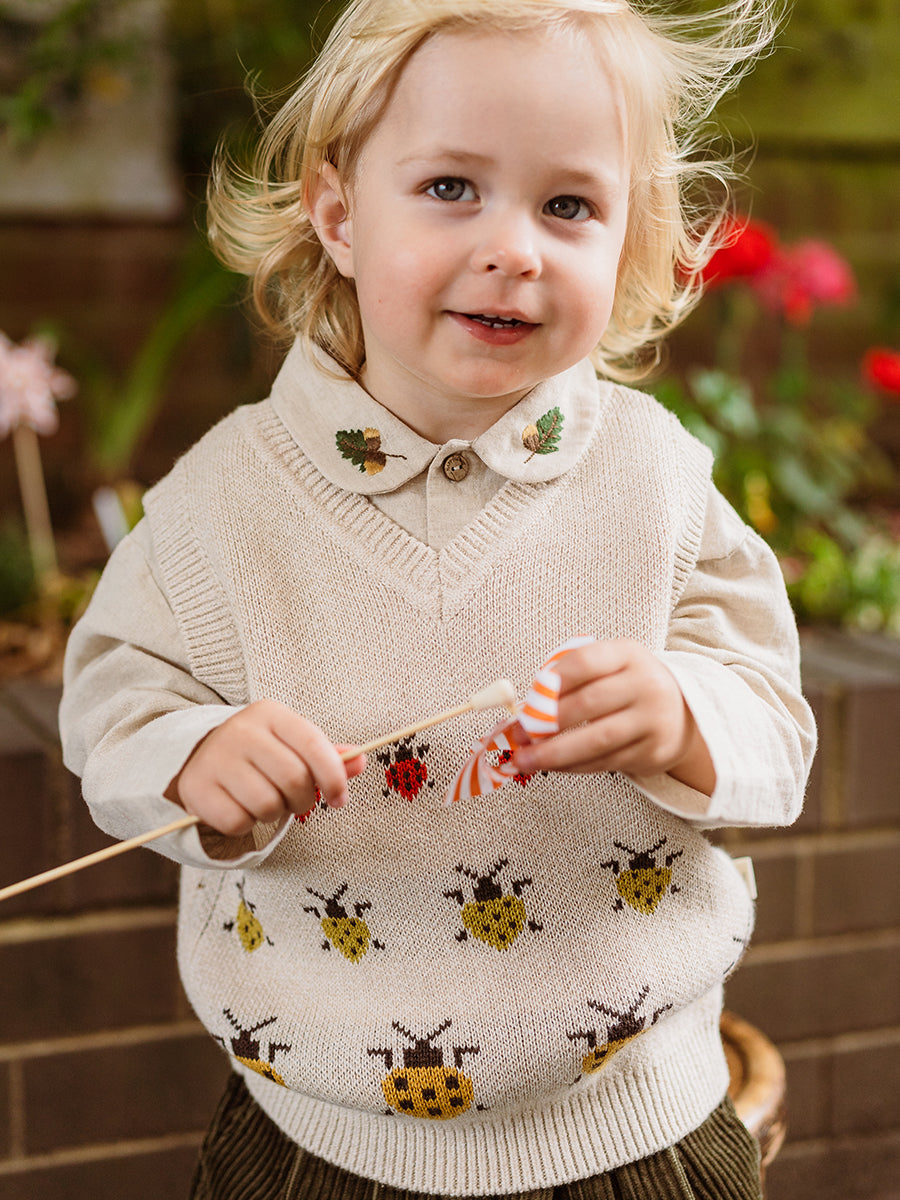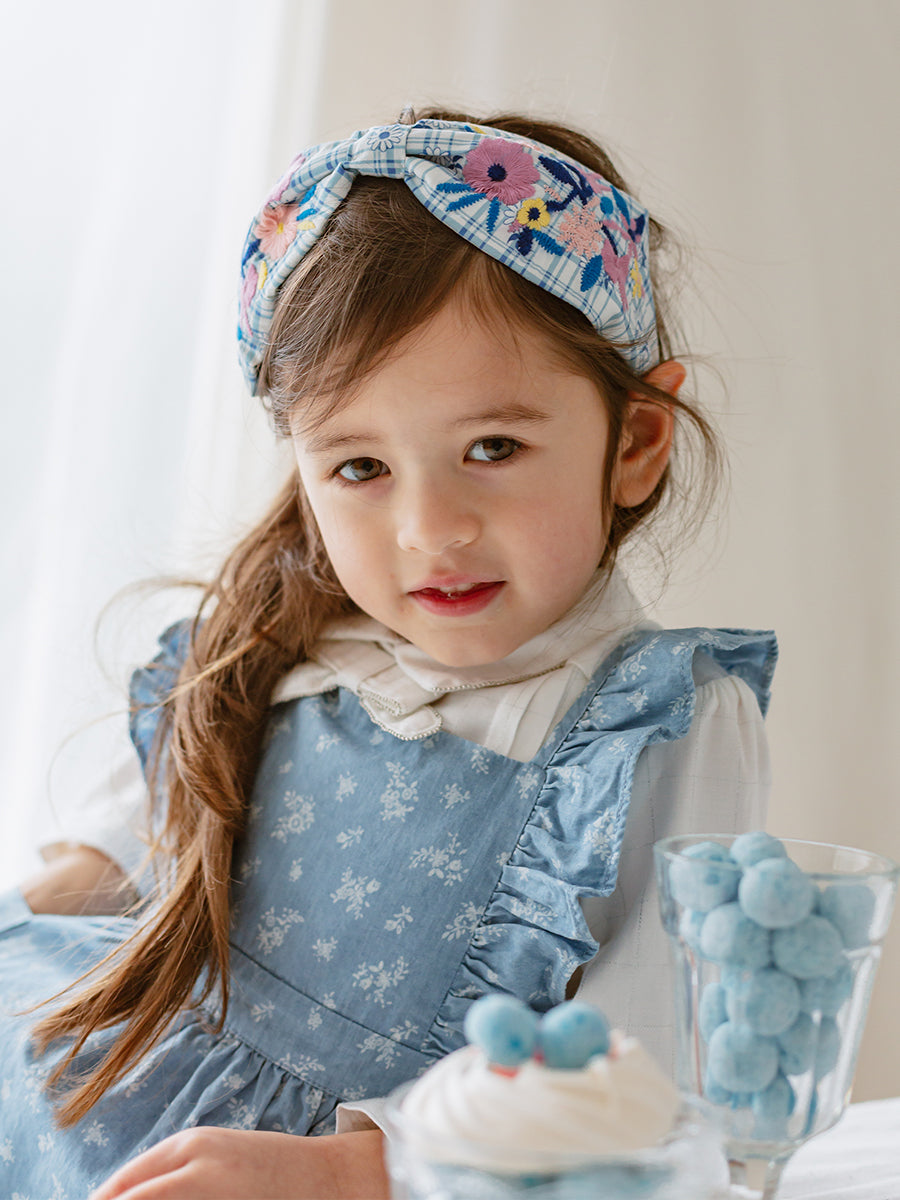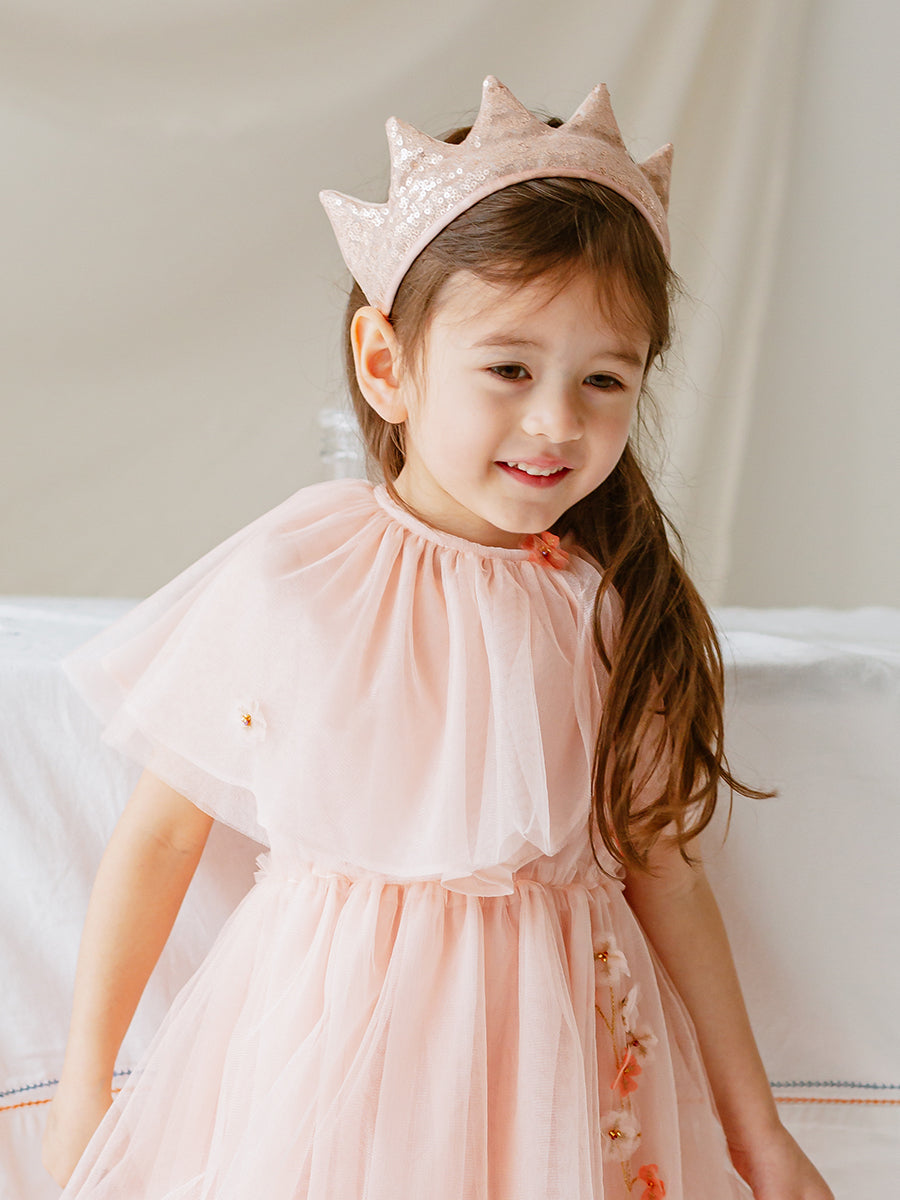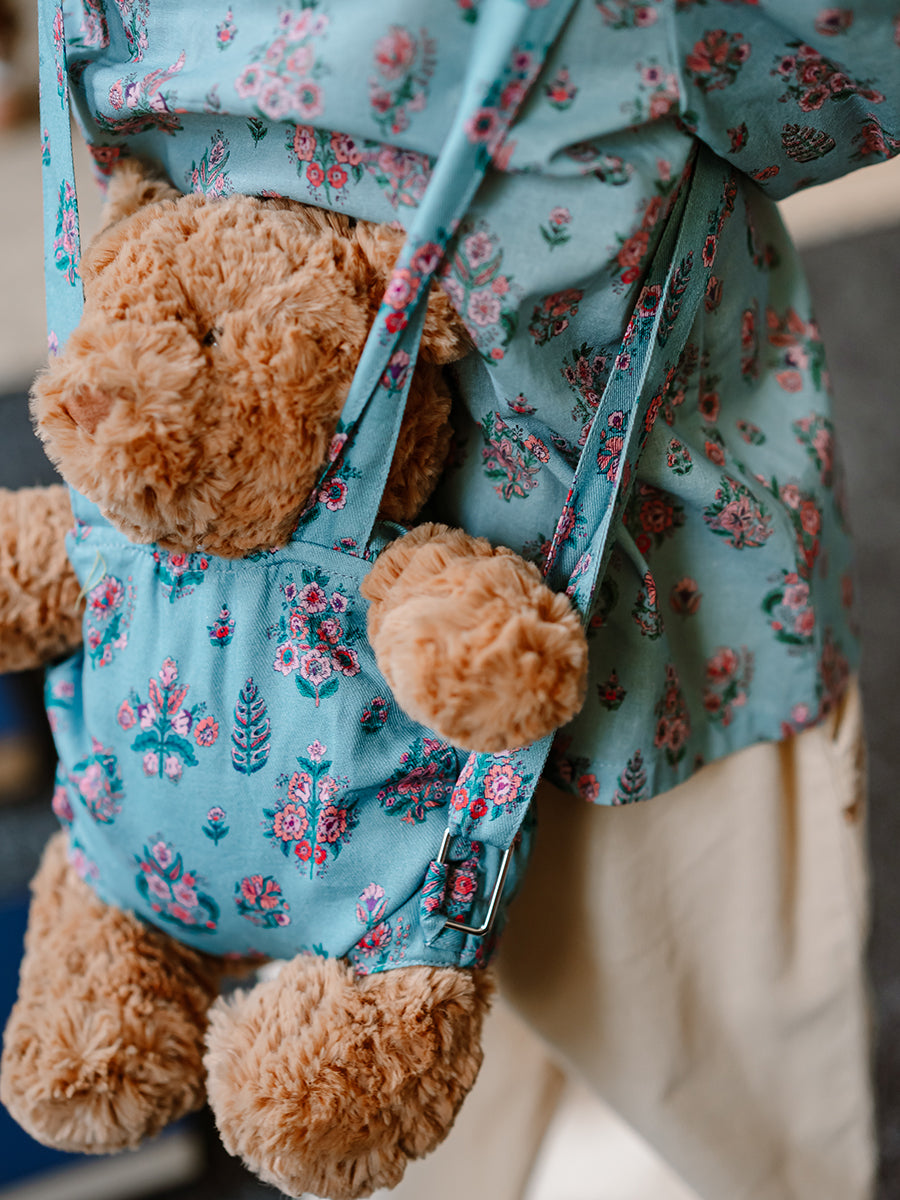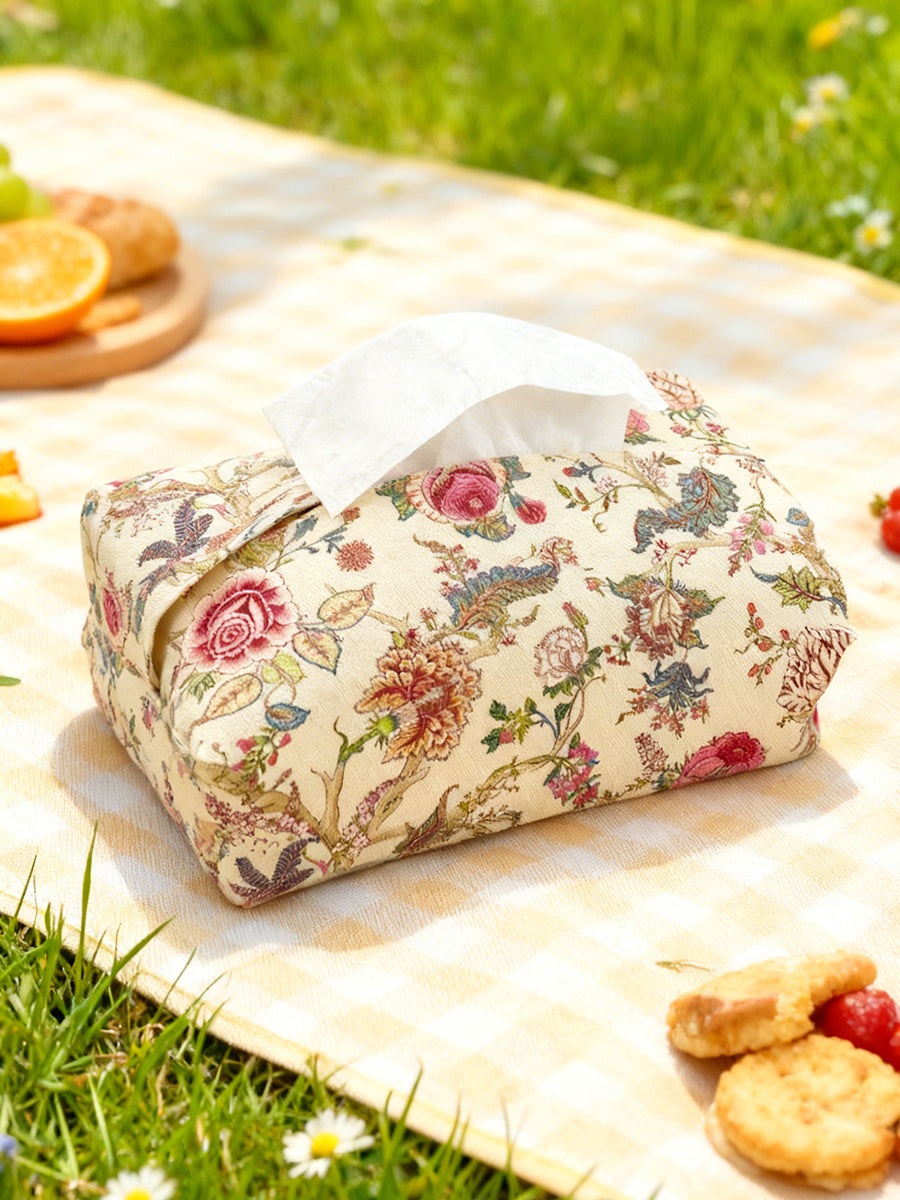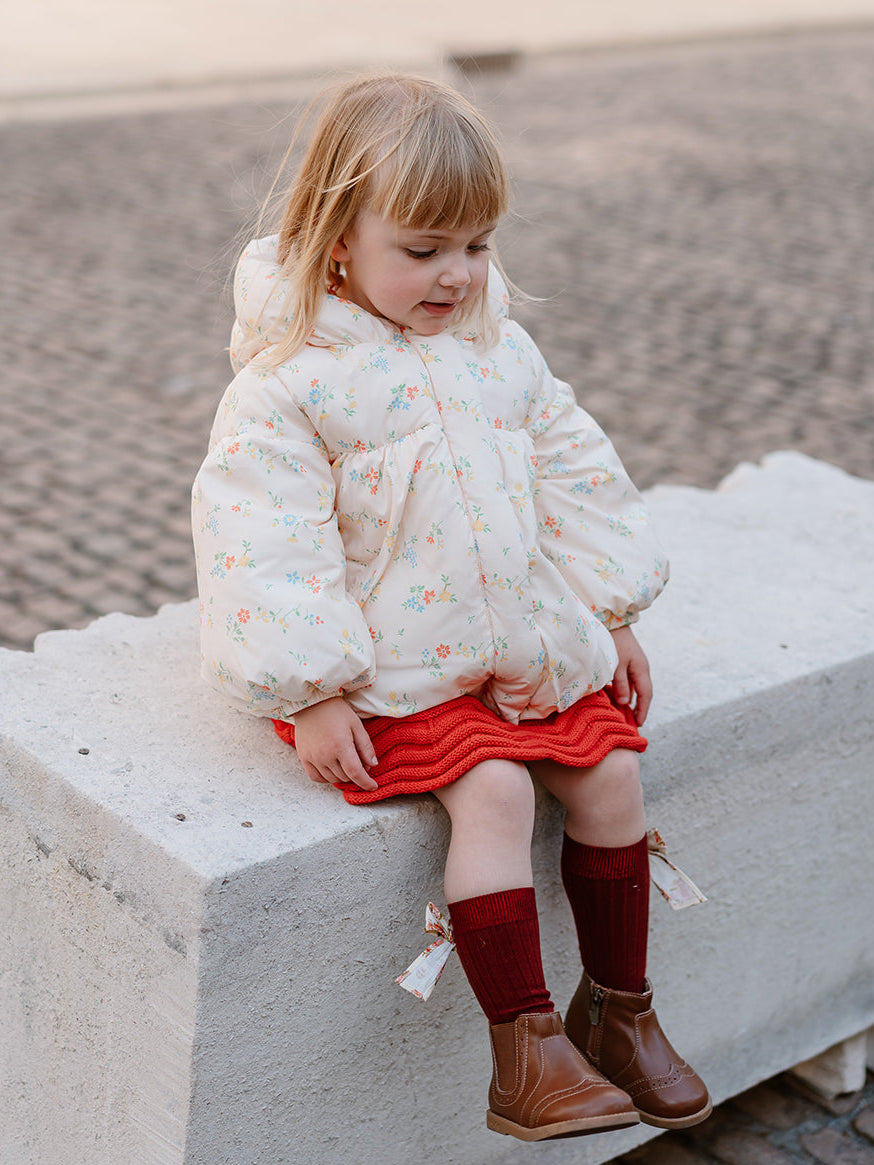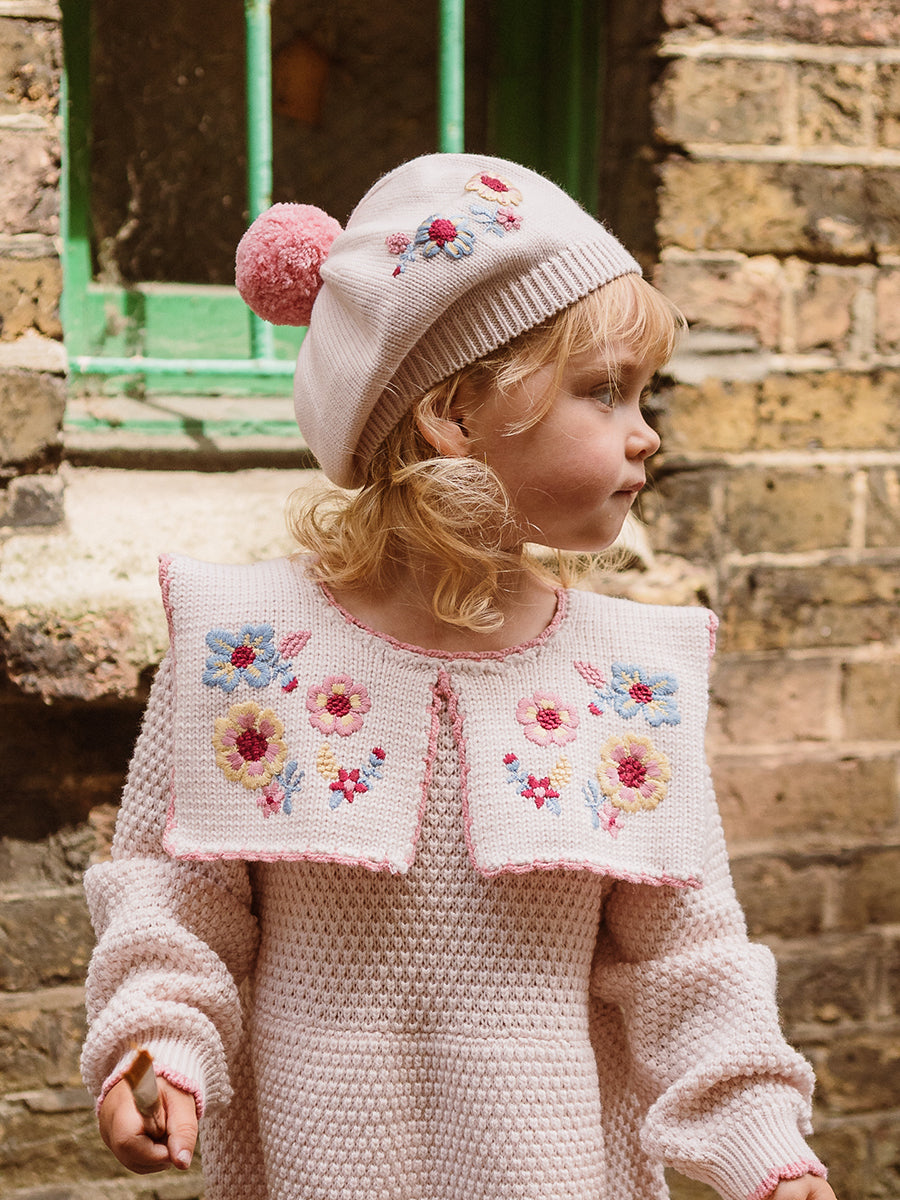LAUNDRY CARE
All Happyology garments are lovingly made to the highest standards. With the right care, they can be treasured for years to come.
As a simple rule of thumb: hand washing in cold or lukewarm water will always extend the life of your garments. If life gets busy, many pieces are machine washable at or below 30°C with similar colours. Always refer to the care label.
Cashmere
Cashmere is an exquisitely soft and delicate fibre with natural loft and crimp. It deserves extra care and attention.
Hand Wash- Turn garments inside-out
- Gently hand wash in lukewarm water (max 30°C) with a wool detergent
- Soak for 5 minutes, gently squeeze (never rub or twist), then rinse in warm water followed by cold water
- Optional: add a small amount of fabric softener
- Remove excess water by pressing between clean towels or using a short machine spin — never wring!
- Reshape while damp and dry flat on a towel, away from direct sunlight or heat
- Dry clean sparingly (about once per season) to avoid fibre damage or a glazed appearance
- Never bleach
- Always wash before seasonal storage
- Store folded with cedar blocks or lavender sachets to deter moths
Wool / Merino Wool
Merino wool is naturally antibacterial and slightly more robust than cashmere, so it requires less frequent washing.
Hand Wash- Follow the same steps as for cashmere
- Only if the care label permits
- Use a delicate/wool cycle at 30°C with wool detergent
- Only occasionally; over-dry cleaning can damage fibres
- Wash before storing
- Keep folded with cedar or lavender for moth protection
Organic Cotton
We use the finest organic cotton for our basics and jersey pieces. It’s strong, silky and naturally breathable.
Hand Wash- Use cool to warm water (never hot) to avoid shrinking or fading
- Avoid fabric softener as it can dull the fabric’s finish
- Wash on a cool cycle (30°C or below) with similar colours
- Do not use fabric softener
- Remove promptly to reduce creasing
- Air-dry or tumble dry on low heat
- Reshape while damp to avoid ironing, or follow care label if ironing is needed
- Hang where possible, or fold neatly in a breathable, dust-free space
- Use cotton garment bags for long-term storage
Linen
We adore linen for its light, luxurious texture and effortless charm. Its natural creases are part of its character.
Hand Wash- Especially recommended for embroidered pieces
- Soak in warm water with mild detergent (up to 2 hours)
- Rinse thoroughly, gently squeeze out water, and reshape
- Use a low-medium temperature
- Wash similar colours together
- Avoid overloading the machine to reduce creasing
- Remove promptly, straighten and gently stretch to shape
- Air-dry flat or on a line
- Avoid tumble drying (high heat may cause shrinkage and permanent creasing)
- Iron while slightly damp on high heat for a crisp finish
- Use a pressing cloth and iron from the reverse side to protect embroidery
- Store in a cool, dry place, folded or hung
- Avoid plastic bags or cardboard boxes
- Linen is naturally insect-resistant; simply air or refresh when needed
Final Tips
- Always read your garment’s care label first — it’s there for a reason
- Wash less often: airing garments out can refresh them without washing
- Handle embroidery and embellishments with extra care
- Love your clothes, and they’ll last beautifully






